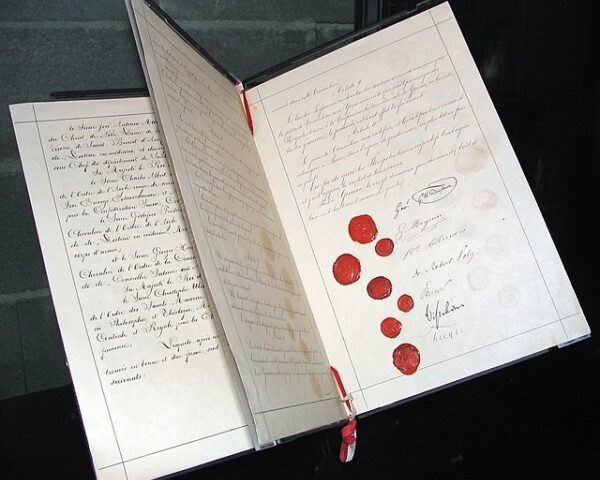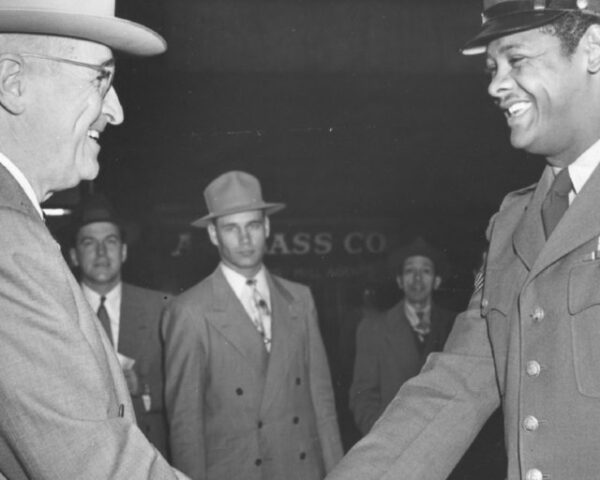On January 28, 1813, Jane Austen’s Pride and Prejudice hit book stores in England. The story centers around Elizabeth Bennet, one of five daughters in a genteel yet financially strained family. Against the backdrop of rigid social norms, the narrative delves into themes of social class, love, and personal growth.
The novel commences with the iconic line, “It is a truth universally acknowledged, that a single man in possession of a good fortune, must be in want of a wife.” This opening encapsulates the societal expectations surrounding marriage, offering a glimpse into the challenges faced by women in a society that prioritized advantageous matches.
It was an instant hit.
Favorable reviews by literary critics and word-of-mouth promotion made Pride and Prejudice fashionable, and the first edition sold out in less than a year, writes the Jane Austin Society of North America.
From the beginning, enthusiasm for Pride and Prejudice centered on its realism and wit. The Critical Review described it as “very superior to any novel we have lately met with in the delineation of domestic scenes.” Its natural portrayal of characters, scenes, and dialog set it apart from other works, including gothic novels, that were popular at the time. Critics and readers alike were also charmed by the heroine, Elizabeth Bennet. In a letter to her sister, Cassandra, written the day after the novel was published, Jane Austen’s pride in her accomplishment is evident: “I must confess that I think her [Elizabeth] as delightful a creature as ever appeared in print, & how I shall be able to tolerate those who do not like her at least, I do not know.” A week later, she admitted to being “quite vain and well satisfied enough” overall with the book.
“Pride and Prejudice” revolves around the evolving relationship between Elizabeth Bennet and Mr. Darcy. Initially marked by misunderstandings and prejudices, their love story becomes a journey of personal growth, self-discovery, and the defiance of societal expectations. Austen’s astute observations highlight the complexities of human relationships, addressing the nuances of pride and prejudice that hinder genuine connections.
Jane Austen’s narrative style, characterized by wit, irony, and sharp social commentary, provides a satirical critique of the rigid class structure and gender roles prevalent in the early 19th century. “Pride and Prejudice” stands as a testament to Austen’s profound understanding of human nature. Its enduring popularity is evident in numerous adaptations, including films, television series, and stage productions, have solidified its place in literary history, and it continues to resonate with readers across generations.






